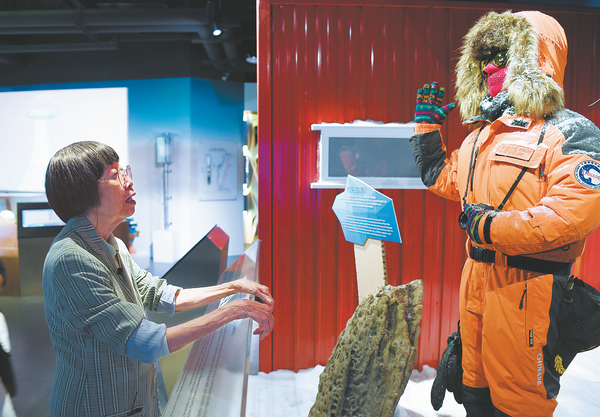

Over the ensuing decades, she returned to the continent seven times, visited the Arctic 10 times and left her footprints in areas of the Mount Qomolangma four times.
During the trips, she developed an intimacy with nature and felt how climate change is causing damage to it.
"You can even swim in the Arctic during the summer," she says.
Her expeditions have led her to reflect on the impact of human activities on nature. In order to enhance public awareness of environmental issues, she organized lectures and initiated the establishment of the Polar Museum Foundation, hoping to inspire young people to appreciate nature and contribute to environmental protection.
In 2013, thanks to Lee's efforts, the Museum of Climate Change was established. The city's first-ever museum dedicated to climate change displayed a collection of artifacts from Lee's expeditions, including thousands of pictures and hundreds of hours of video footage.
"I'm in the final phase of my life. It's time to give all I have to my students and the public. I'm in a great position to do so, too — I have passion; I have connections with scientists; and the Chinese government supports my efforts in popularizing Polar sciences. I'm also a designer by profession, good at packaging science in art," she says.